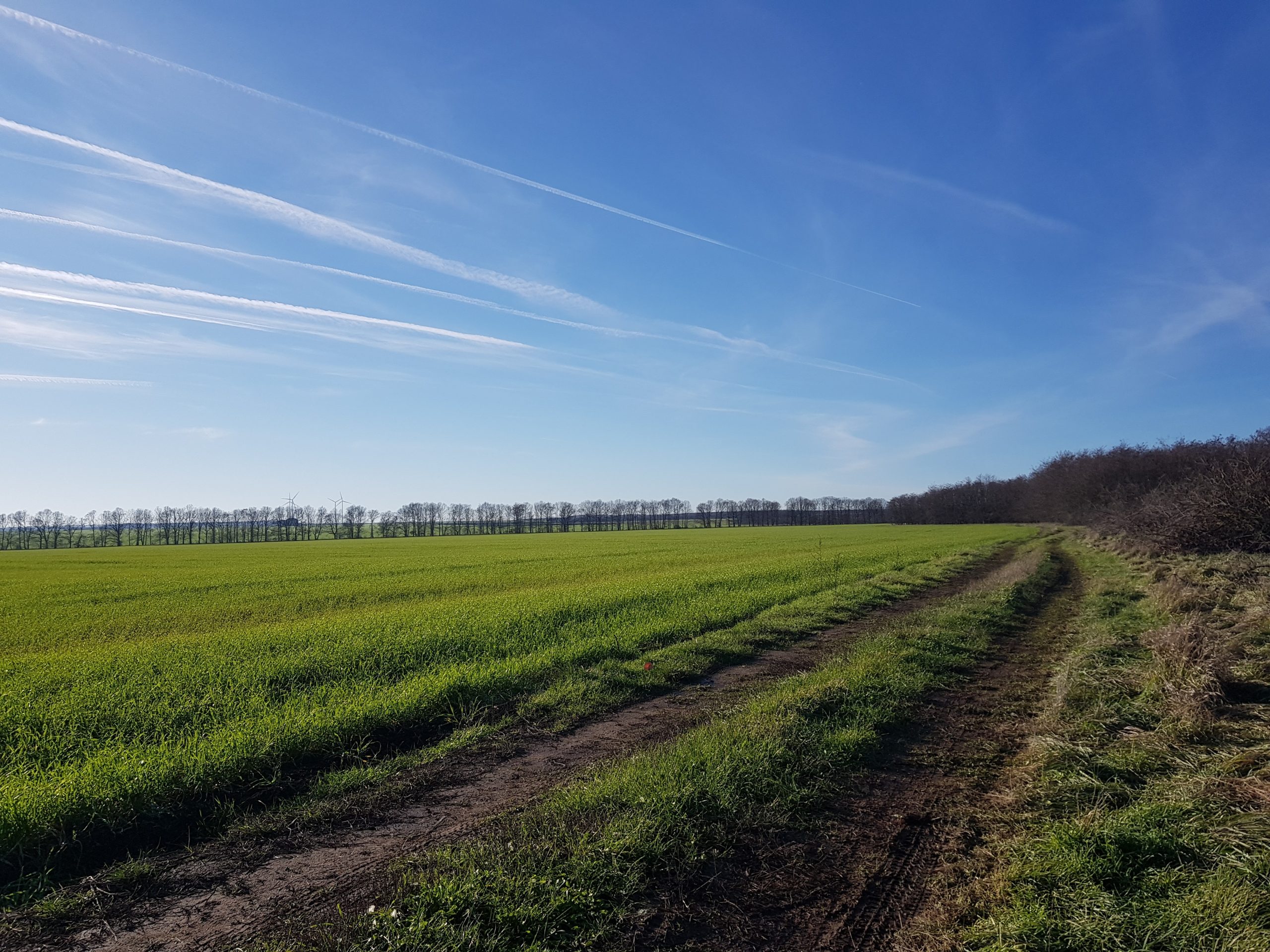
Climate change and the target of the Forests of the Northeast project
Due to climate change and global warming by 2100 some of the tree species typical of Northeastern Bulgaria are expected to give way to species of better adaptation potential to drought and high temperatures. This is shown by the data from the climatic and bioclimatic analysis made by an expert team under the project „Forests of the Northeast“ LIFE 19 NAT / BG / 001133-LIFE IASHAB. Experts from the University of Forestry, the Executive Forestry Agency, the Regional Inspectorate of Environment and Water – Varna, scientists from the Agricultural Institute in General Toshevo, foresters, farmers and others were presented the results and conclusions of the analysis.
„Forests of the Northeast“ is the largest project implemented by a Northeastern State Enterprise with the financial support of the LIFE Nature 2019 Programme. Project objective is to reconstruct plantations of invasive species that are in poor condition, and to reforest cleared areas with typical for the region deciduous species, which will be more resistant to projected climate change. Newly established forests will contribute to mitigating the negative effects of climate change, protecting the flora and fauna of lowland ecosystems and, last but not least, increasing the yields of farmers, because the field protection belts preserve soil fertility and retain soil moisture for longer periods.
The study shows that the most serious changes are expected in the flat-hilly sub-belt of deciduous oak and xerothermic forests. In addition to the foreseen significant rise in temperatures, precipitation is expected to decrease and lead to severe drought, which would alter the climate in peripheral northeastern parts of Bulgaria to nearly semi-desert climate. The bioclimate that will be formed is not found in Bulgaria currently – analogues are found in Greece or in the regions of the Caucasus and Asia Minor. On the positive side, despite the increasing steppe influence in the northeast, the presence of a relatively humid autumn-winter period will be maintained. By 2100 the gradual extinction of the most moisture-loving species is expected – beech, eastern beech, hornbeam, sessile oak, silver linden, and at a later stage it is possible the extinction of species such as the Hungarian oak and the Turkish oak. The most resilient to the expected change will be drought-resistant species such as downy oak, dracaena, sagebrush.
Similar changes are expected in the hilly-foothill sub-belt of mixed deciduous forests, with the forecasted bioclimate not corresponding to current analogues within the same region. The closest analogues are observed in the plain-hilly sub-belt along the southern border with Greece and in the neighboring lowland parts of Greece. It is expected that the Turkish and Hungarian oaks will remain present in this sub-zone a little longer, and with adequate management a smoother transition to a more drought-resistant type of forest might be ensured. In the low mountain sub-belt of the forests of sessile oak, beech and fir in the Eastern Stara Planina, the conditions will to the greatest extent correspond to the current conditions between 400 and 700 m altitude of the southern Struma valley. In the long run, species such as eastern beech, beech, hornbeam, sessile oak are expected to fall out of the vegetation of this sub belt. No major changes are expected in the floodplain and riparian forests.
„Forests of the Northeast“ project is expected to continue until the end of 2024 with the afforestation of 2,000 acres of new forests, including field protection forest belts.




